Home>Garden Essentials>What Is The Difference Between Dill Seed And Dill Weed
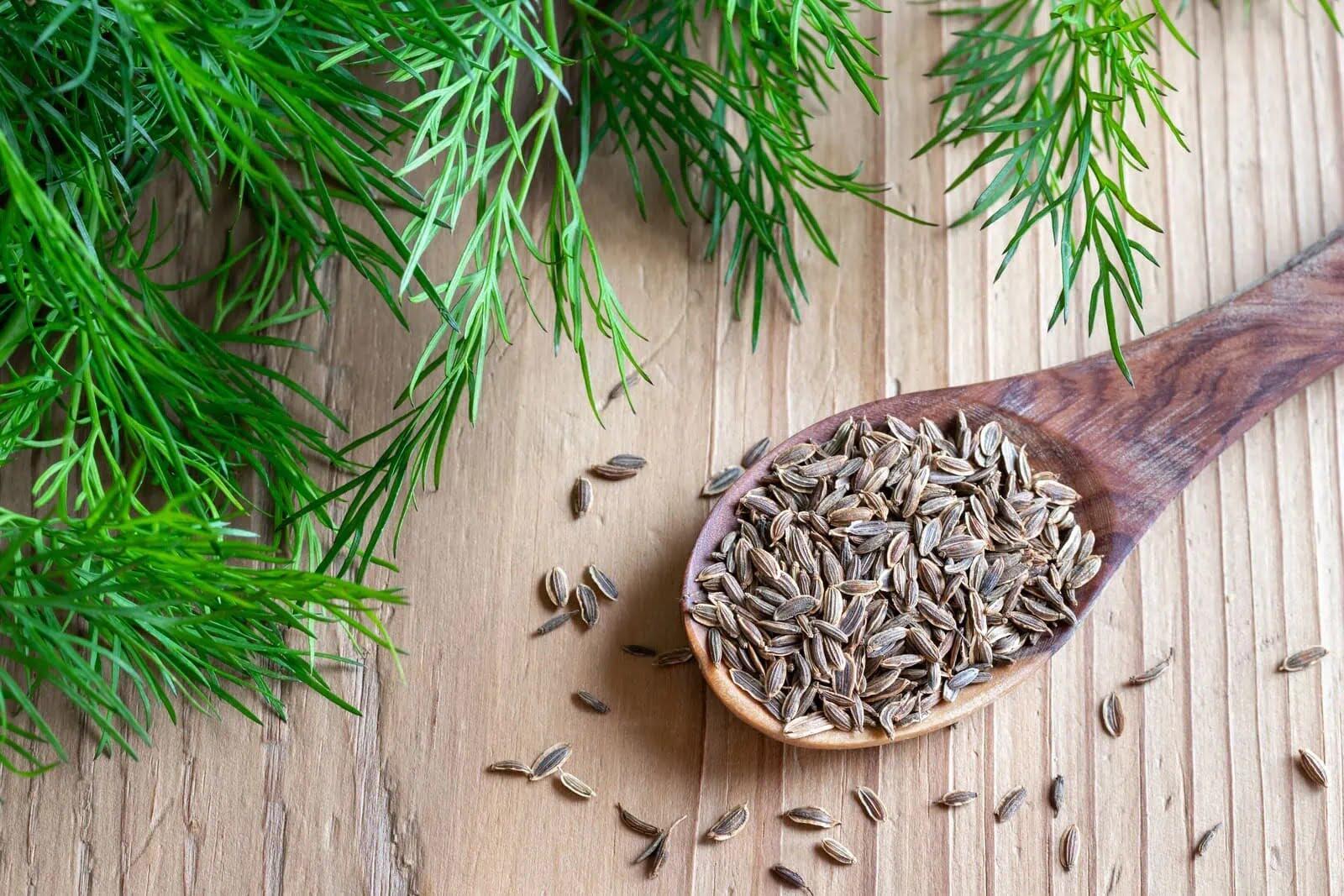

Garden Essentials
What Is The Difference Between Dill Seed And Dill Weed
Modified: August 27, 2024
Discover the dissimilarities between dill seed and dill weed, and enhance your garden with the right variety for your culinary creations.
(Many of the links in this article redirect to a specific reviewed product. Your purchase of these products through affiliate links helps to generate commission for Storables.com, at no extra cost. Learn more)
Introduction
Welcome to the world of herbs and spices! In this article, we will explore the difference between dill seed and dill weed. Both of these herbaceous plants belong to the same botanical family, but they have distinct characteristics and uses.
Dill, scientifically known as Anethum graveolens, is a versatile herb that has been used for centuries in various culinary and medicinal applications. It is native to the Mediterranean region and is now cultivated in many parts of the world.
Before we delve into the specifics of dill seed and dill weed, let’s take a closer look at what these terms actually mean.
Key Takeaways:
- Dill seed and dill weed have unique flavors and uses. Dill seeds are small, tangy, and great for pickling, while dill weed has a fresh, herbaceous taste and is perfect for seafood and salads.
- Dill plants are easy to grow and can be harvested for their seeds and leaves. Proper storage is important to preserve their flavors, with dill seeds lasting up to three years and dill weed best enjoyed fresh or dried for longer shelf life.
Definition of Dill Seed
Dill seed refers to the small oval-shaped seeds that are harvested from the dill plant. These seeds are the mature fruit of the plant and are known for their distinct flavor and aroma.
Dill seeds are usually light brown or tan in color and have a hard, smooth texture. They are often used as a spice in various cuisines around the world. In addition to their culinary uses, dill seeds have also been used in traditional medicine for their therapeutic properties.
The flavor profile of dill seeds is characterized by a warm, aromatic, and slightly bitter taste. They have a hint of citrus and a faintly sweet undertone. When ground or crushed, the seeds release their essential oils, intensifying their flavor.
Dill seeds are commonly used in pickling processes, as they add a distinct tangy and aromatic flavor to pickled vegetables. They are also a popular ingredient in breads, stews, soups, and meat dishes, providing a unique and savory taste.
Definition of Dill Weed
Dill weed, also known as dill leaves or dill greens, refers to the feathery green leaves of the dill plant. Unlike dill seeds, which come from the mature fruit of the plant, dill weed is harvested from the plant before the seeds are formed.
Dill weed has a delicate and fragrant flavor, similar to the scent of anise or fennel. It has a bright green color and a feathery, fern-like appearance, making it visually appealing when used as a garnish or added to dishes.
The flavor profile of dill weed is fresh, herbaceous, and slightly tangy. It has a subtle hint of sweetness, with notes of lemon and licorice. When fresh, the leaves are the most flavorful and aromatic, but they can also be dried or frozen for later use.
Dill weed is a versatile herb that is commonly used in various cuisines around the world. It is often paired with seafood, as it complements the flavors of fish and shellfish exceptionally well. Dill weed is also a classic ingredient in dishes like potato salad, cucumber salad, and yogurt-based dips.
In addition to its culinary uses, dill weed has been used for centuries in traditional medicine. It is believed to have digestive and diuretic properties and is often used to soothe an upset stomach or relieve gas and bloating.
Overall, dill weed brings a refreshing and vibrant flavor to dishes, enhancing the taste and adding a touch of brightness. Whether used as a garnish, a flavoring agent, or a medicinal herb, dill weed is a valuable addition to any kitchen.
Physical Characteristics
While dill seed and dill weed both come from the same plant, they have distinct physical characteristics that set them apart.
Dill seeds are small, oval-shaped seeds that measure about 3-4 mm in length. They have a hard outer shell and a smooth texture. The color of dill seeds is typically light brown or tan, with some variations. These seeds are often packaged and sold in their whole form or ground into a fine powder for culinary use.
Dill weed, on the other hand, consists of delicate, feathery green leaves. The leaves are finely divided and have a fern-like appearance. When fresh, dill weed has a vibrant green color. As the leaves dry, they may turn slightly yellow or brownish, but they retain their distinctive shape and aroma.
Both dill seeds and dill weed belong to the same plant, but they have different stages of maturity. Dill seeds are harvested from the dill plant when the flowers have withered and the seeds have matured. Dill weed, on the other hand, is harvested before the plant reaches this stage, typically when the leaves are at their peak freshness.
When it comes to storage, dill seeds can be kept in an airtight container in a cool, dark place. They have a relatively long shelf life and can retain their flavor for up to three years. Dill weed, however, is best used fresh and loses some of its flavor when dried. It can be stored in the refrigerator, wrapped in a damp paper towel, for a few days.
In summary, dill seeds are small, oval-shaped seeds with a hard texture, while dill weed consists of feathery green leaves. While dill seeds have a longer shelf life, dill weed is best used fresh to fully enjoy its delicate flavor and aroma.
Flavor Profile
The flavor profiles of dill seed and dill weed differ slightly, offering unique taste experiences in culinary applications.
Dill seeds have a warm, aromatic, and slightly bitter taste. They possess a distinct tangy flavor with hints of citrus and a subtle sweetness. When ground or crushed, dill seeds release their essential oils, which intensify their flavor. This makes them excellent for pickling, as they add a vibrant and tangy flavor to pickled vegetables. Dill seeds also complement breads, stews, soups, and meat dishes, providing a savory and herbaceous taste.
Dill weed, on the other hand, has a fresh, herbaceous, and slightly tangy flavor. It offers a delicate hint of sweetness, with notes of lemon and licorice. This makes dill weed a popular choice for pairing with seafood, enhancing the natural flavors of fish and shellfish. It is a classic ingredient in dishes like potato salad, cucumber salad, and yogurt-based dips. Dill weed also makes a wonderful garnish, adding a touch of brightness and aroma to various culinary creations.
Both dill seed and dill weed share a similarity in their flavor profiles, with hints of sweetness and a fresh, herbaceous taste. However, the slight variations in their flavors make them suitable for different culinary applications and pairings.
When using dill seed or dill weed in recipes, it is important to consider their flavors and adjust the quantity accordingly. Dill seeds have a stronger and more pronounced taste, so a smaller amount can go a long way. On the other hand, dill weed has a milder flavor and can be used in larger quantities to achieve the desired taste.
Whether you choose to incorporate the warm tanginess of dill seeds or the fresh herbaceousness of dill weed, both ingredients offer a delightful burst of flavor that can elevate your culinary creations to new heights.
Dill seed is the dried fruit of the dill plant, used for pickling and seasoning, while dill weed is the fresh leaves and stems, used for flavoring dishes.
Culinary Uses
Dill seed and dill weed are versatile herbs that add a unique and refreshing flavor to a wide range of culinary dishes.
Dill seeds are commonly used in pickling processes. They provide a tangy and aromatic flavor that complements the crispness of pickled vegetables, such as cucumbers, carrots, and cauliflower. Dill seeds are also a key ingredient in making dill pickles, giving them their distinct taste and aroma.
In addition to pickling, dill seeds are used in various bread recipes, such as dill bread or rolls. The seeds can be ground and added to the dough, infusing it with their warm and tangy flavor. Dill seeds are also a popular spice in stews, soups, and meat dishes, adding a savory and herbaceous taste.
Dill weed, on the other hand, is known for its compatibility with seafood. It pairs exceptionally well with various fish and shellfish, enhancing their natural flavors. Dill weed can be used to season grilled or baked fish, adding a fresh and herbaceous touch. It is a classic ingredient in dishes like gravlax, smoked salmon, and crab cakes.
Aside from seafood, dill weed is a key component in salads and dressings. It adds a vibrant and aromatic element to cucumber salads, potato salads, and coleslaws. Dill weed also works well in creamy dressings and dips, such as tzatziki, ranch, or sour cream-based sauces.
Both dill seed and dill weed can be used in marinades for meats and vegetables. They infuse the marinade with their distinct flavors, adding depth and complexity to the dish. Dill seeds are often incorporated into spice blends, such as curry powders or garam masalas, for an extra layer of flavor.
Whether you’re pickling vegetables, preparing seafood dishes, or creating flavorful dressings and marinades, dill seed and dill weed offer a versatile range of culinary uses. Their unique flavor profiles make them an excellent addition to various recipes, allowing you to explore new taste experiences in your kitchen.
Medicinal Properties
In addition to their culinary uses, dill seed and dill weed have been utilized for their medicinal properties for centuries.
Dill seeds are known for their digestive properties. They contain compounds that can help soothe the digestive system and alleviate common digestive issues such as indigestion, bloating, and flatulence. The essential oils present in dill seeds have carminative properties, which can help relieve gas and promote healthy digestion.
Dill seeds are also believed to have diuretic properties, meaning they can increase urine production. This can be beneficial for flushing toxins from the body and promoting kidney health. Additionally, dill seeds are used in traditional medicine as a mild antimicrobial agent to help combat harmful bacteria.
Dill weed, on the other hand, has been traditionally used to stimulate the appetite and promote healthy digestion. It is believed to improve digestion by increasing the secretion of digestive enzymes and bile. Dill weed is also known for its potential anti-inflammatory properties, which can aid in reducing inflammation in the body.
In folk medicine, dill weed has been used as a natural remedy for colic in infants. Its soothing properties are thought to help calm the digestive system and alleviate discomfort. Dill weed tea or infusion may be given to infants to help ease colic symptoms.
Both dill seed and dill weed are considered safe for consumption as long as they are used in moderation and do not interact with any existing medical conditions or medications. As with any herbal remedy, it is always advisable to consult with a healthcare professional before using dill seed or dill weed medicinally.
While dill seed and dill weed are primarily appreciated for their culinary uses, their potential health benefits make them a valuable addition to natural medicine cabinets. However, it is important to note that further scientific research is needed to fully understand and validate their medicinal properties.
Cultivation and Harvesting
Dill is a relatively easy herb to cultivate and can be grown in various climates. It thrives best in full sun and well-drained soil, with a pH range of 5.5 to 6.5. Dill can be grown from both seeds and transplants, depending on your preference.
If starting from seeds, sow them directly into the garden soil in early spring after the last frost. The seeds should be planted around ¼ inch deep and spaced about 12 inches apart. Thin out the seedlings to allow proper airflow and prevent overcrowding.
Alternatively, you can start dill seeds indoors about 4 to 6 weeks before the last frost and transplant them outdoors once the weather has warmed up. This method provides a head start for the plants and ensures a longer growing season.
Dill plants require regular watering, especially when young, to promote proper growth and prevent the soil from drying out. However, be cautious not to overwater, as dill prefers slightly dry soil.
As the dill plants grow, they will develop delicate feathery leaves, which are the dill weed. The leaves can be harvested once they reach a desirable size, typically around 6 to 8 weeks after planting. Harvest the dill weed by cutting the leaves close to the stem, leaving a few inches of the plant intact for regrowth.
To harvest dill seeds, allow the plant to mature and produce flowers. Once the flowers have withered and turned into seed heads, cut the seed heads carefully and place them in a paper bag. Hang the bag upside down in a cool, dry location and allow the seeds to dry completely. Once dried, gently crush the seed heads to release the seeds. Store the seeds in an airtight container until they are ready to be used.
It’s important to note that dill is an annual plant, meaning it completes its life cycle within one year. To ensure a continuous supply, succession planting can be done every few weeks throughout the growing season.
Whether you choose to grow dill in your garden or in containers, its fresh and aromatic foliage is a delightful addition to any herb garden. And with a little care and attention, you can have a bountiful harvest of dill seed and dill weed to enjoy throughout the season.
Storage and Shelf Life
Proper storage is essential to preserve the flavor and quality of dill seed and dill weed.
Dill seeds can be stored in an airtight container placed in a cool, dark, and dry location. This helps protect them from moisture and light, which can cause them to lose their flavor. When stored correctly, dill seeds can maintain their flavor for up to three years.
Dill weed, on the other hand, is best used fresh to fully appreciate its vibrant flavor and aroma. However, if you have an excess amount of dill weed, you can store it for a short period. Wrap the fresh dill weed in a damp paper towel and place it in a plastic bag. Store it in the refrigerator, where it should stay fresh for up to a week.
If you want to prolong the shelf life of dill weed, you can also dry it. Hang the stems upside down in a well-ventilated area, away from direct sunlight. Once the leaves are completely dry and brittle, remove them from the stems, crumble them into smaller pieces, and store them in an airtight container. Dried dill weed can retain its flavor for about six months to a year.
It’s worth noting that while dried dill weed can still be used in cooking, its flavor may not be as potent as that of fresh dill weed. Therefore, it’s generally recommended to use dried dill weed in recipes that require longer cooking times, such as stews or sauces.
If you have harvested dill seeds from your garden, it’s a good idea to label the container with the date of harvest. This way, you can keep track of their freshness and ensure that you use the oldest seeds first.
In summary, dill seeds can be stored for several years when kept in a cool, dark, and dry place. Fresh dill weed should be used as soon as possible, but it can be stored in the refrigerator for up to a week. Dried dill weed can be kept for several months to a year when stored in an airtight container.
By properly storing dill seed and dill weed, you can enjoy the flavors and culinary benefits of these delightful herbs for an extended period.
Read more: What Are Dill Seeds
Summary and Conclusion
In conclusion, dill seed and dill weed are two distinct parts of the dill plant, each with its own unique characteristics and uses.
Dill seeds are small, oval-shaped seeds that have a warm, tangy, and slightly bitter flavor. They are often used in pickling, breads, stews, soups, and meat dishes, providing a savory and aromatic taste.
Dill weed, on the other hand, refers to the feathery green leaves of the dill plant. It has a fresh, herbaceous, and slightly tangy flavor with hints of lemon and licorice. Dill weed is commonly used in seafood dishes, salads, dressings, and garnishes, adding brightness and aroma to various culinary creations.
Both dill seed and dill weed have been used for centuries in culinary and medicinal applications. Dill seeds have digestive and diuretic properties, while dill weed is known for promoting digestion and potentially reducing inflammation.
When it comes to cultivation, dill plants are relatively easy to grow and can thrive in various climates. Dill seeds can be harvested when matured and dried for future use, while dill weed is best enjoyed fresh or can be dried for longer shelf life.
To preserve the flavor and quality, proper storage is crucial. Dill seeds should be stored in a cool, dark, and dry place, while dill weed can be stored in the refrigerator or dried for later use.
In summary, dill seed and dill weed are versatile herbs that bring unique flavors and aromas to a wide range of dishes. Whether you’re pickling vegetables, seasoning seafood, enhancing salads, or exploring natural remedies, dill seed and dill weed offer a delightful culinary and medicinal experience in your kitchen.
So, the next time you come across dill seed or dill weed in your culinary adventures, you can appreciate their distinct qualities and confidently incorporate them into your favorite recipes.
Frequently Asked Questions about What Is The Difference Between Dill Seed And Dill Weed
Was this page helpful?
At Storables.com, we guarantee accurate and reliable information. Our content, validated by Expert Board Contributors, is crafted following stringent Editorial Policies. We're committed to providing you with well-researched, expert-backed insights for all your informational needs.
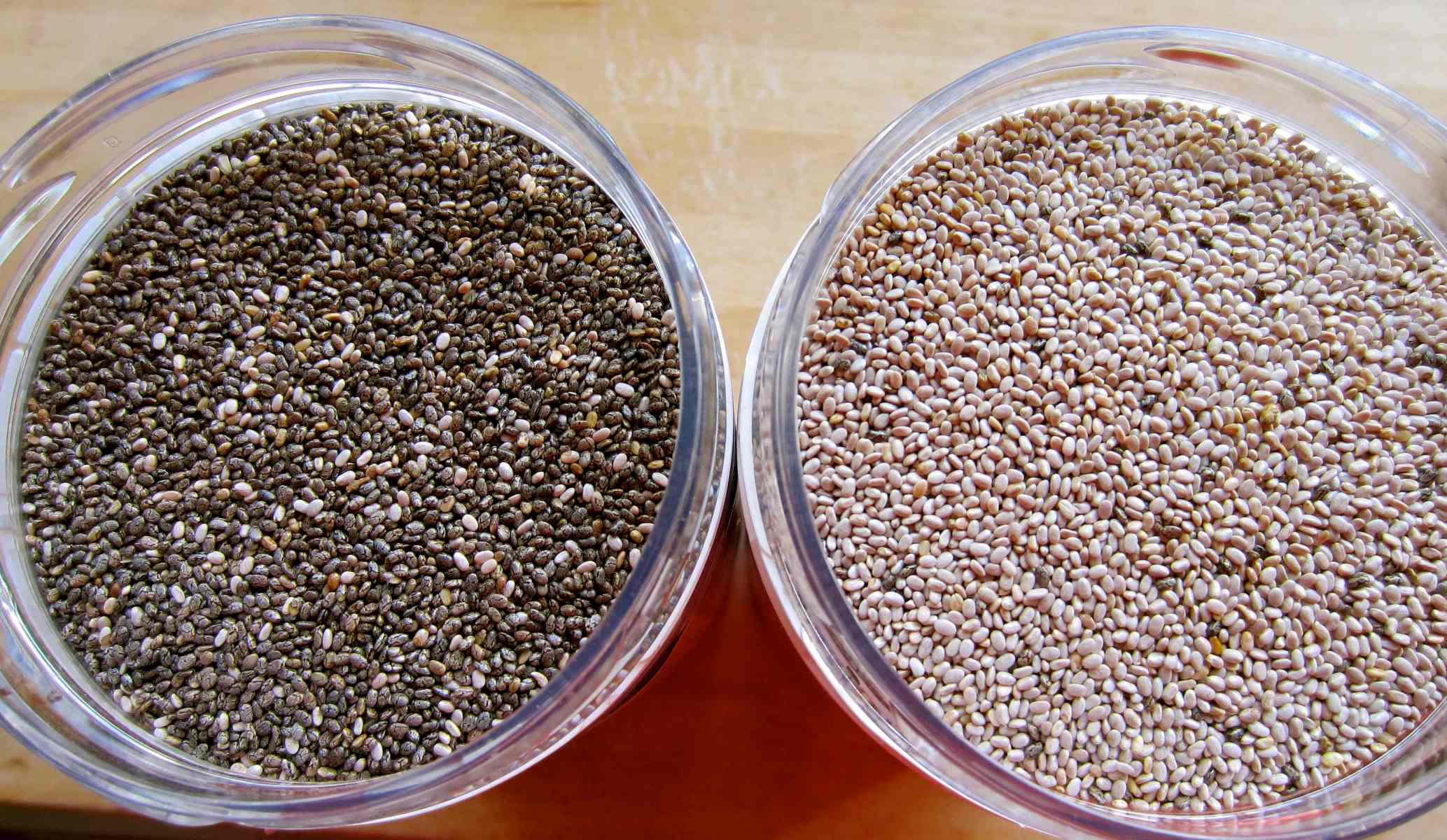
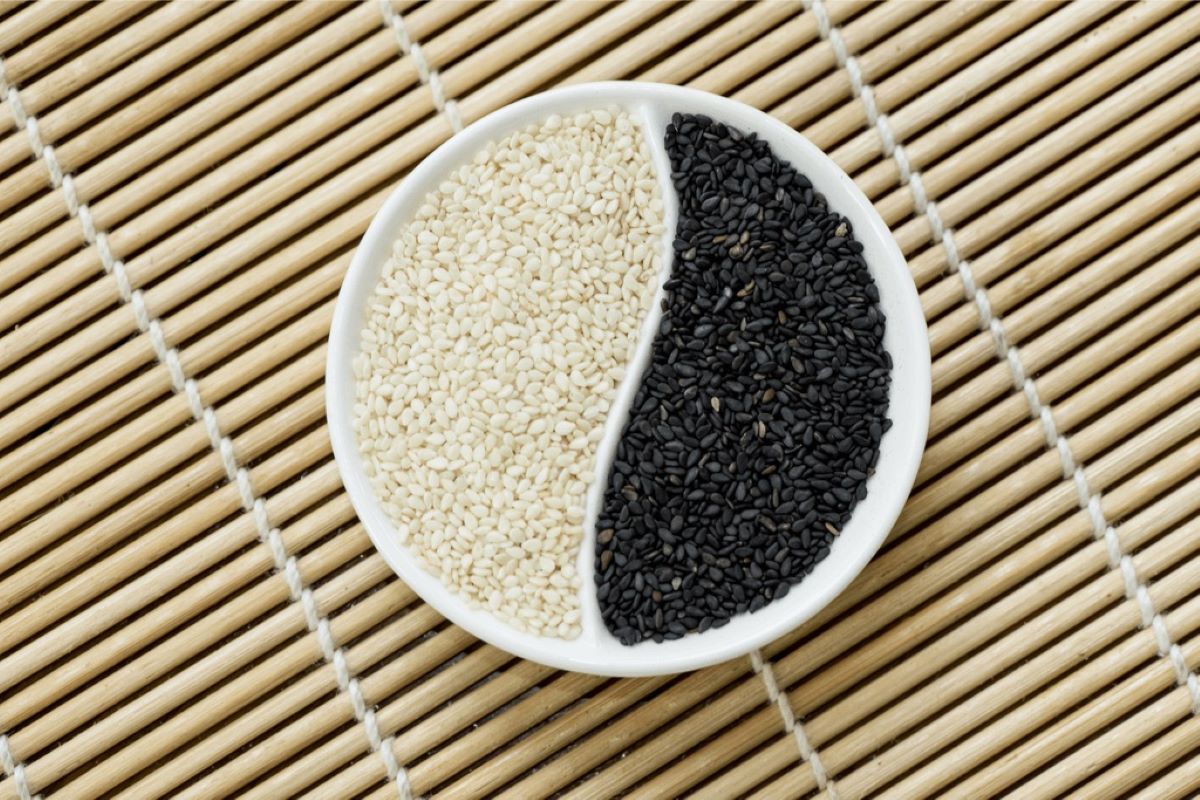
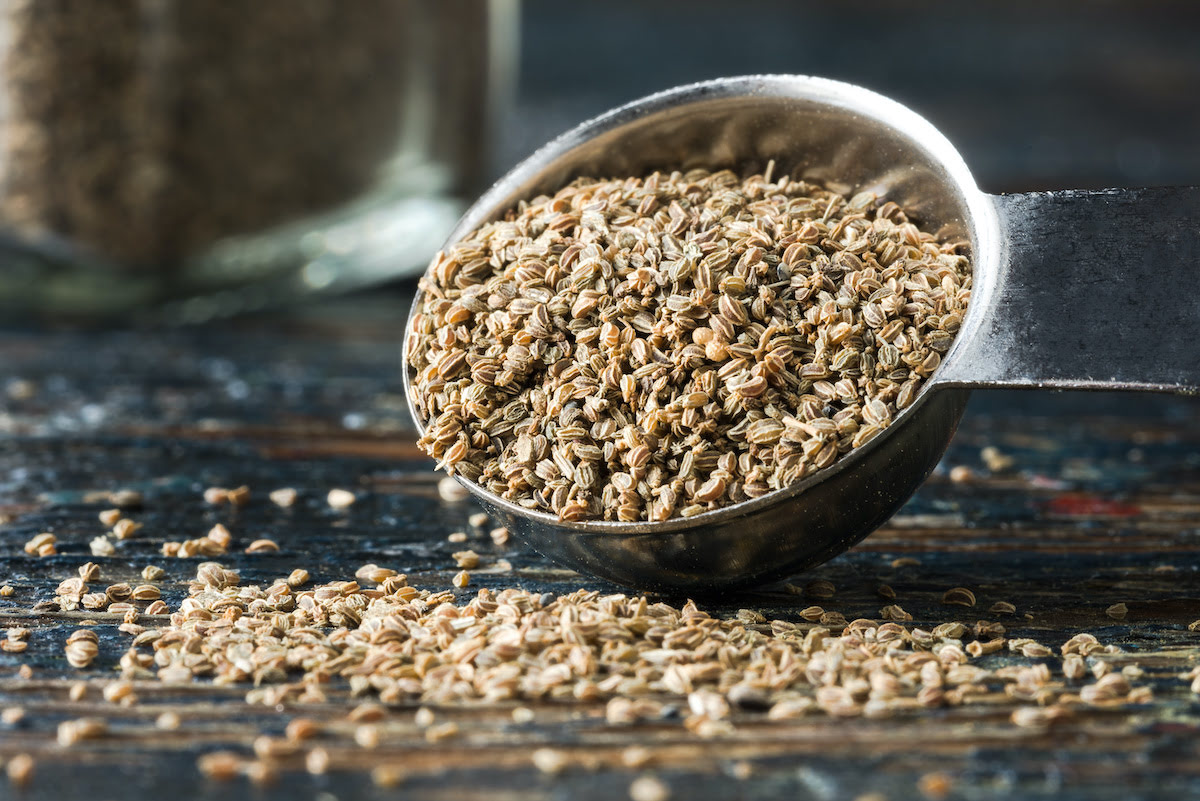
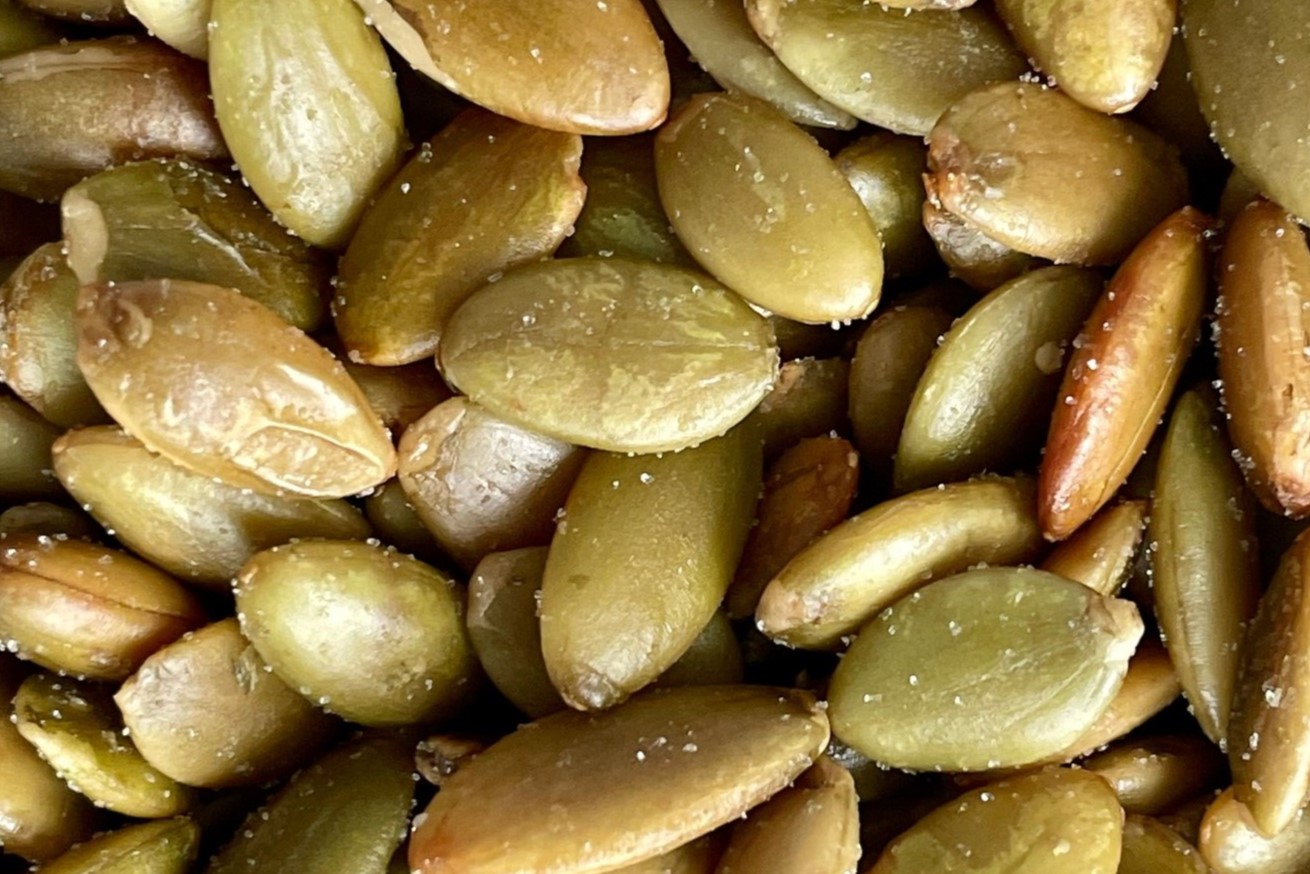
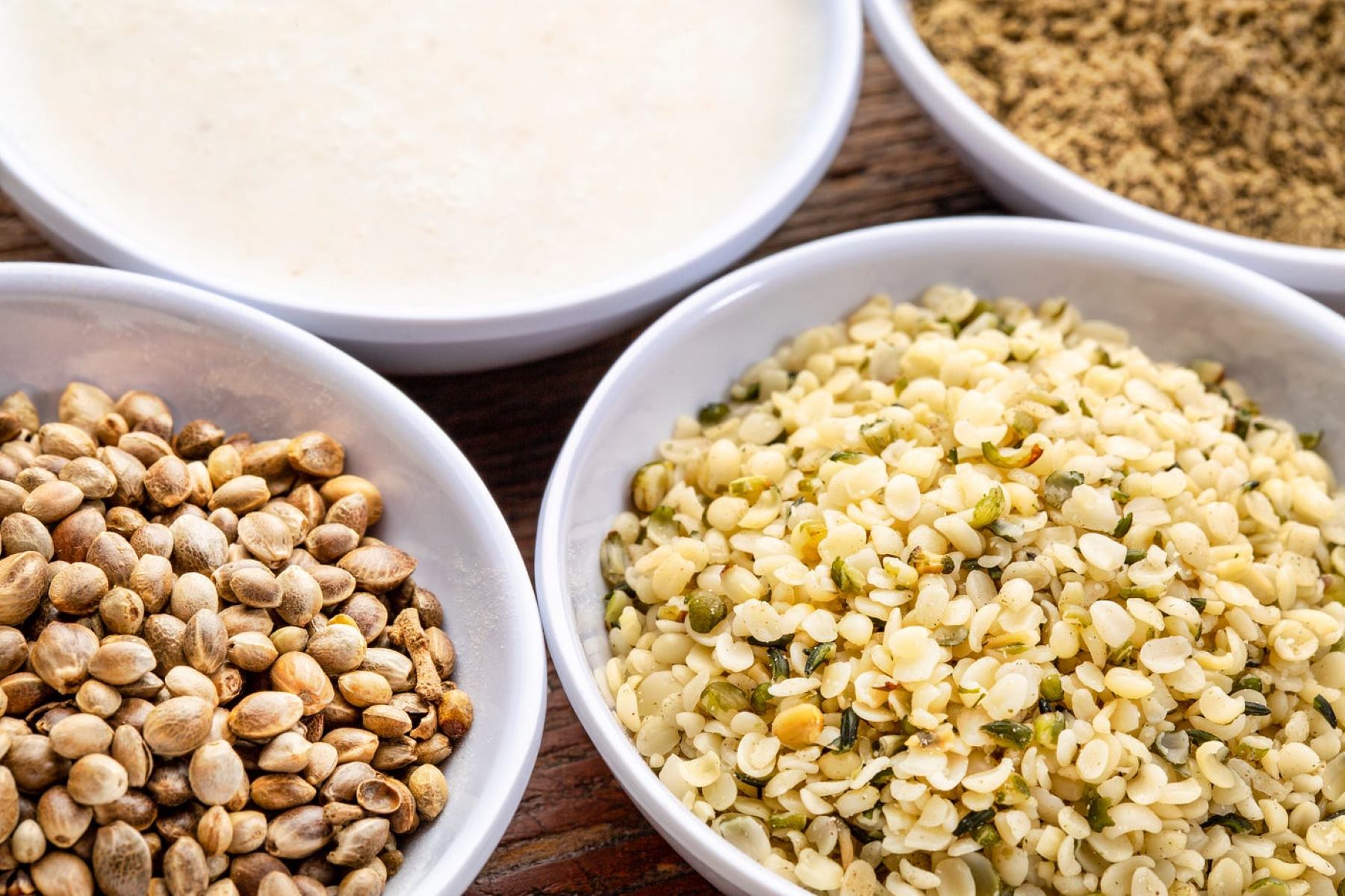
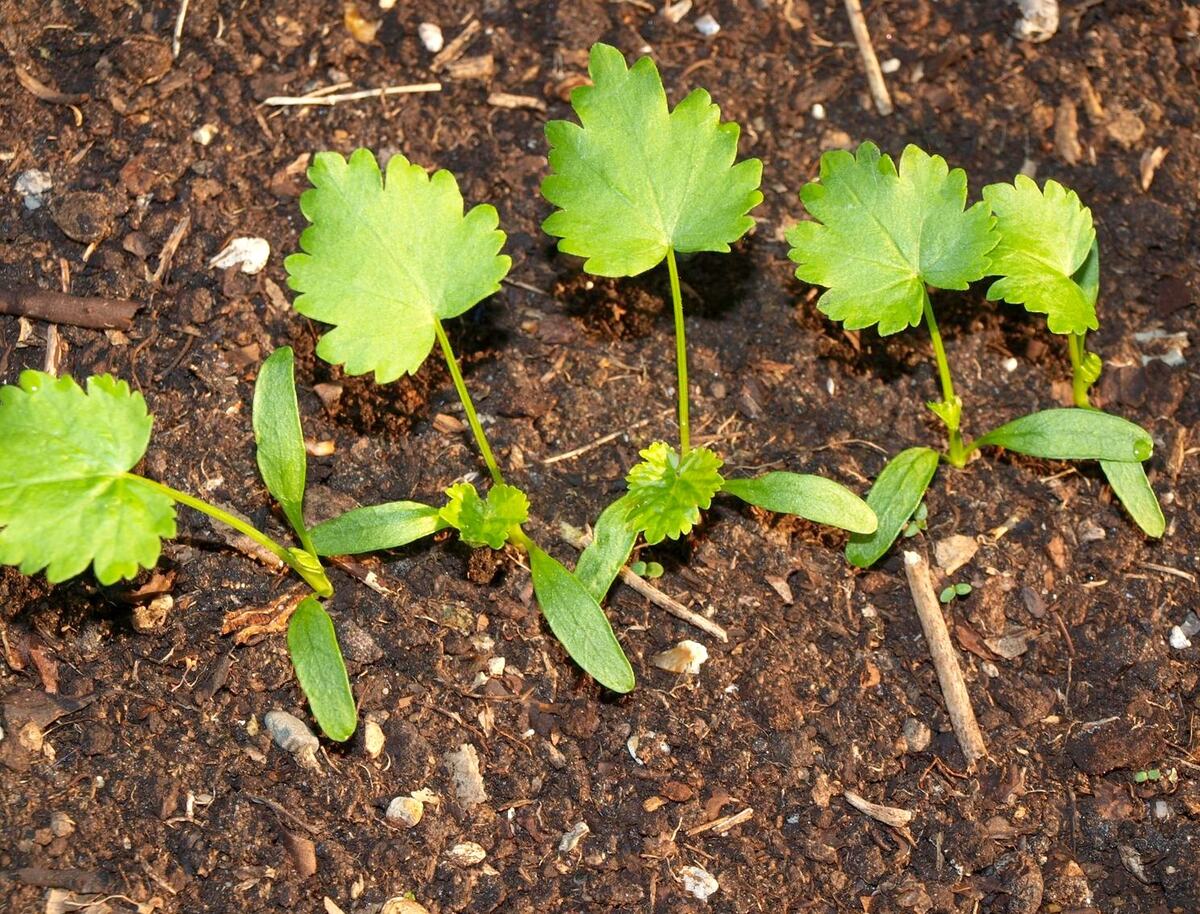
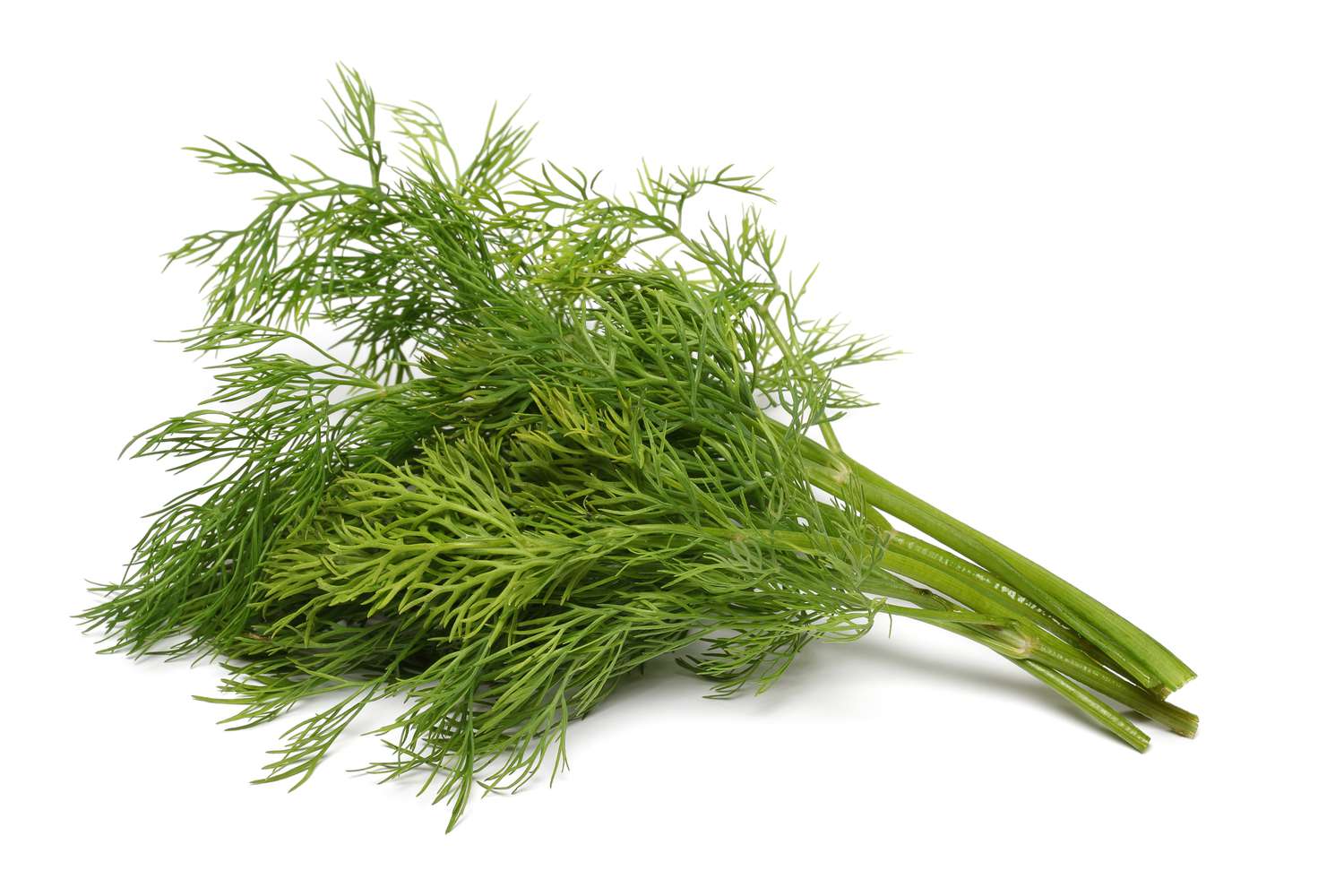
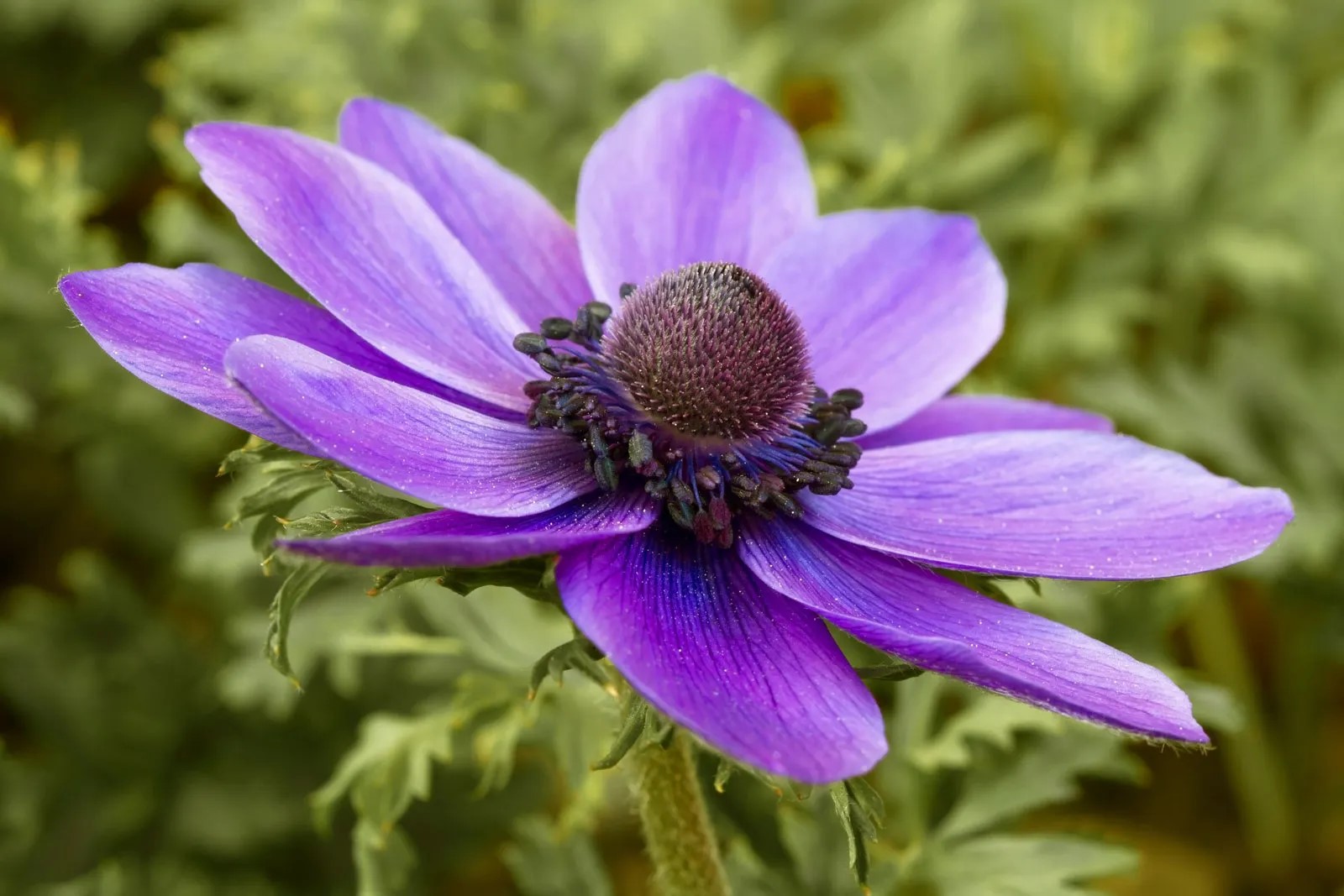






0 thoughts on “What Is The Difference Between Dill Seed And Dill Weed”